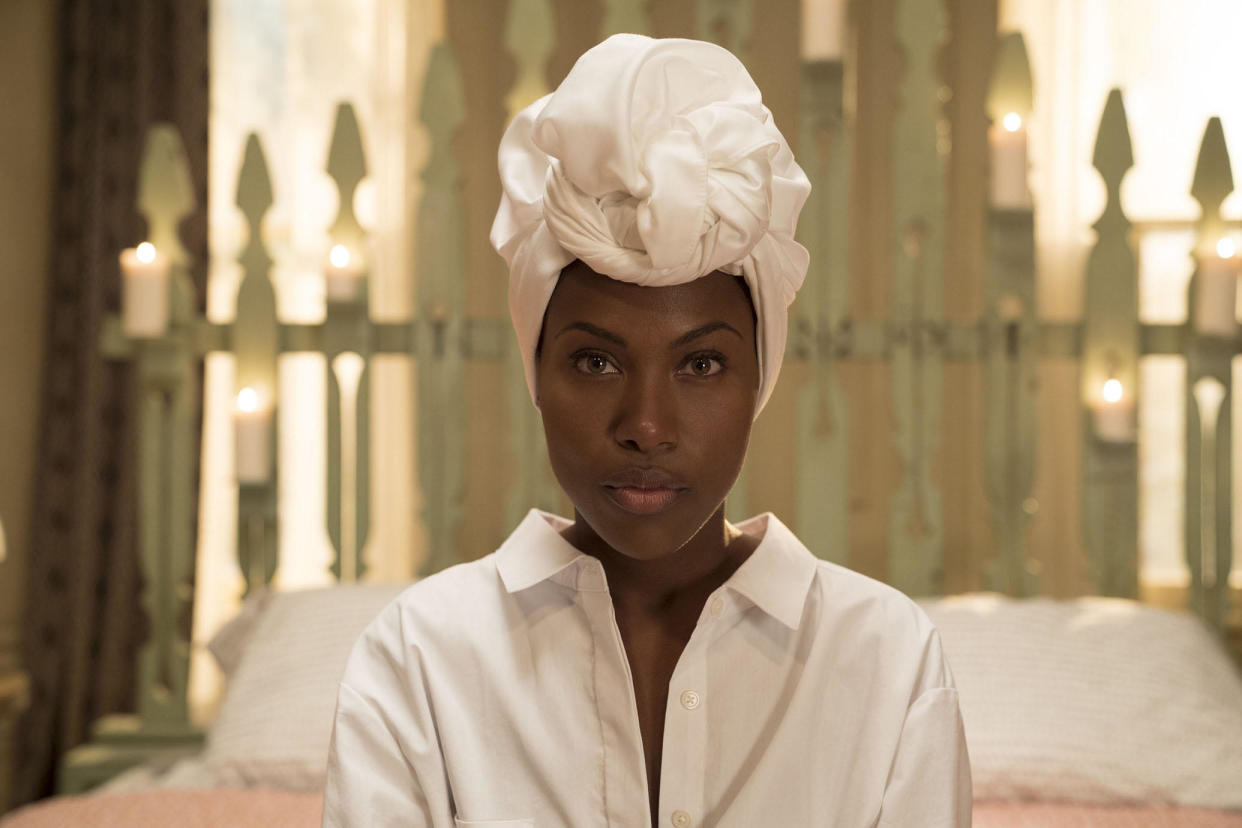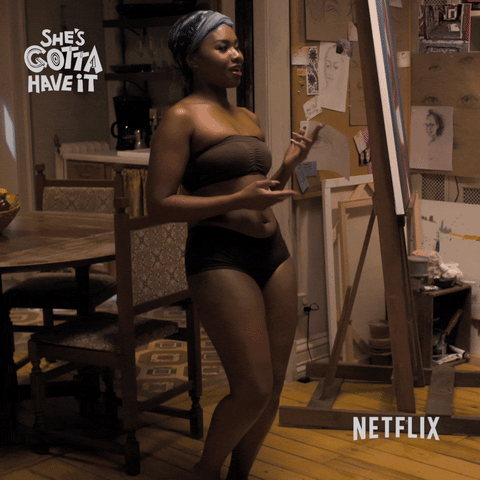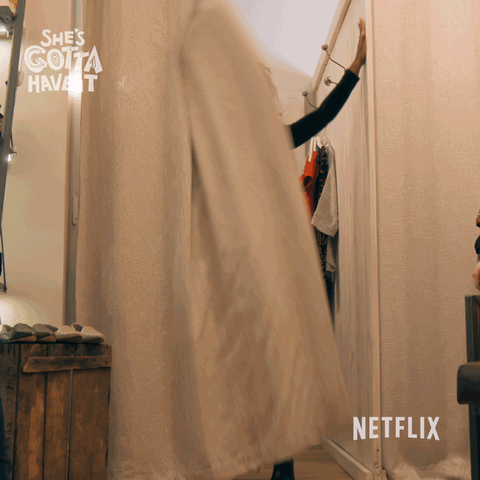Is Spike Lee’s “She’s Gotta Have It” on Netflix really as feminist as it thinks it is?
Chances are, unless you were were under a rock or in a Thanksgiving food coma, you were probably binging on Spike Lee’s She’s Gotta Have It last weekend. Assuming that’s true, you’ve been introduced to protagonist Nola Darling and all of her “sex-positive, polyamorous, pansexual “ goodness. Nola and her band of merry (albeit dysfunctional) men and women are being heralded as a feminist breakthrough.
While on the surface, the She’s Gotta Have It reboot appears to be making strides for the very fact that we have a Black millennial female lead who boldly declares her sexuality and refuses to be placed into neat, conventional boxes. Nola juggles multiple men without catching feelings, lets her type 3 curls run free, and spends the entire first season trying to reclaim what it means to be a woman of color who enjoys having sex often, while moving about the world with little personal responsibility.
She’s Gotta Have It has all the makings of Good Feminist TV — or so it seems.
But it turns out, Spike Lee’s heavy-handed brand of feminism may not be as powerful as it claims.
Lee’s heavy-handedness can be seen in the aftermath that follows Nola’s harrowing run-in with a catcaller, which replaces the truly godawful rape scene from the film version. Nola succumbs to urging from her friends to tell all of her bedfellows about the assault, to which they respond with various forms of possessiveness and victim-blaming, because, of course, how dare she be a woman out alone at night? What Nola says and what she does are often out of sync, but hey, that’s human enough, and it would be forgivable were it the single failing of this show, which it assuredly is not.
The fact is, Lee is a very much a 60-year-old man trying to rewrite a 1980s character for a Millennial audience. It can be felt in his treatment of this particular plot line where Nola’s makes bold sentiments and a bold anti-street harassment only to have it overshadowed by her being painted as a damsel in distress by men in interactions that are supposed to feel liberated and empowered. And that line of failure continues throughout the show.
Lee’s outdated depiction of women also becomes apparent in how he chooses to frame Black women’s bodies, in particular, as cautionary tales. Nola serves as the antithesis to her friend Shemekka with her brand of body positivity that gives off a holier-than-thou vibe, most clearly expressed in a moment when Shemekka expresses interest in getting butt enhancements. If there was ever an example of feminism being driven by the male gaze, it can be seen in the uncomfortable scene in which Shemekka receives illegal butt injections. The climax in Episode Six comes when a silicone-filled Shemekka’s butt literally erupts after she performs a dance routine.
In an interview with Nylon, when asked about his motivation for writing this scene Lee said,
“What has society done that has such an impact on women who feel like they’re not women unless they have these… I don’t even know how to describe these butts.”
While illegal plastic surgery is a reality, Lee’s attempt to grapple with this for a twenty-something audience feels more like a parable that uses mansplaining to shame women who want to change their appearance, much in the way that behaviors like makeup shaming assume that when a woman wants to alter her aesthetic in any way it must be because of low-self esteem.
Lee’s statements seem to give away a lack of awareness of how the patriarchy really impacts women’s lives or the countless brands that thrive off of selling women the idea that they aren’t enough. If you are going to try to write a character that resonates with women, start by educating yourself so as not to beat your audience down with tropes that feel archaic.
A lot can also be said for the way women treat other women in the series, which never fully transcends beyond the stereotype that female friendships are rife with backstabbing and pettiness.
The reality is that many women now choose to make healthy, thriving
female friendships a priority in their twenties and beyond, which you wouldn’t know from peeking into the world of She’s Gotta Have It.
Between Nola’s judgement of Shemekka’s vulnerability and painting an Afro onto her portrait when she wanted a weave, her dismissal of Clorinda’s feelings for Mars, and her using Opal as a means of sexual detox from the men in her life, it becomes evident that the female interactions and friendships are pretty shady. But if women are often painted as being self-serving in their friendships, it’s no wonder Lee couldn’t help but paint his female characters in this way.
Largely, what Lee tried to do is commendable, but lacks the nuance and insight to really be a feminist beacon in 2017. So much of the series gets bogged down by male-centric views, and Black female sexuality is still depicted as a commodity that features bisexuality as a novelty and not-so-subtle warnings about being a sex-positive Black woman.
The show does, however, get one thing true to reality: Much like the series itself, when it comes to feminism and complex Black female characters across the board, there is still a long ways to go until more people start getting it right.




